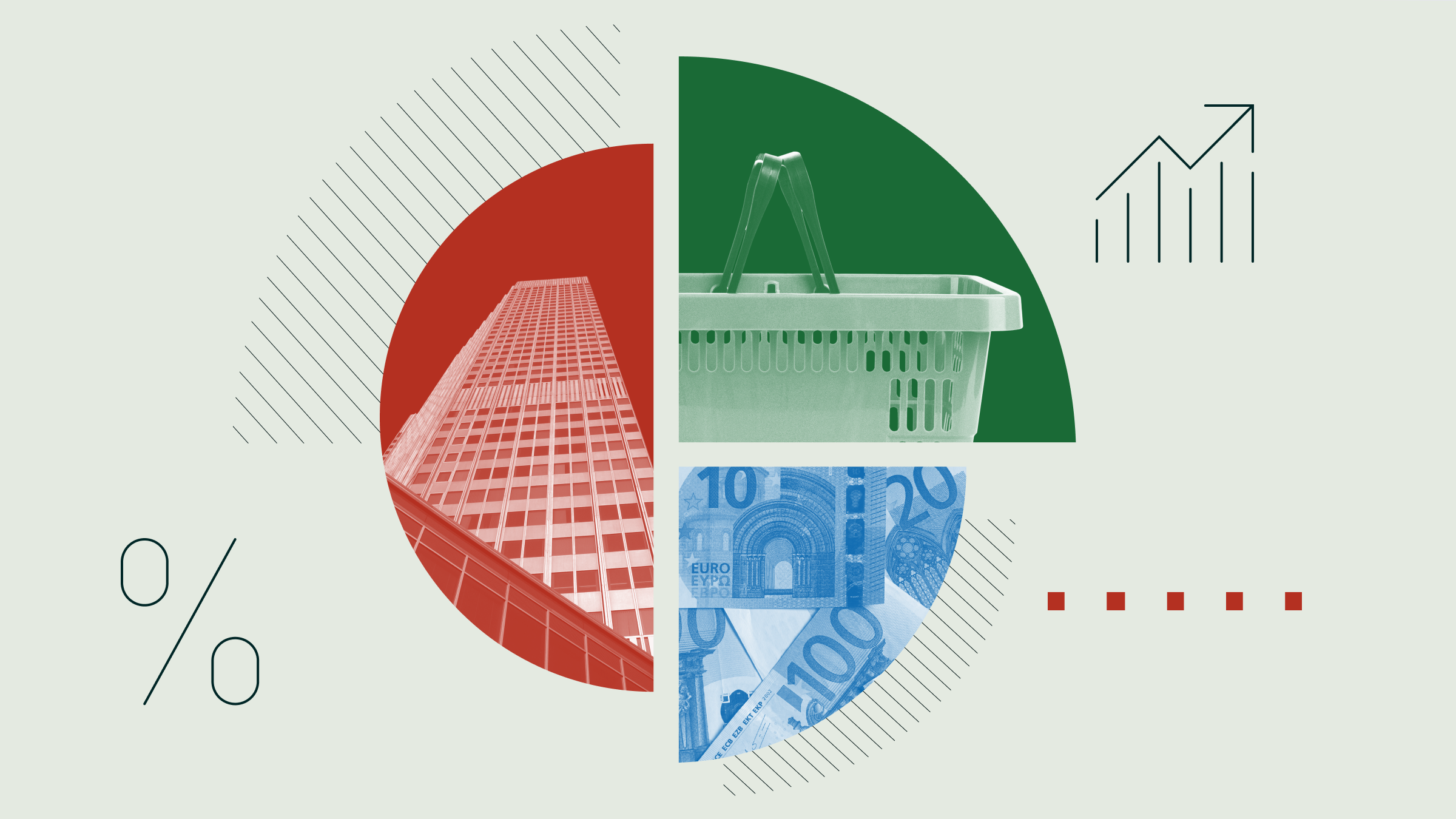Sisarsivustollamme Morningstar.co.uk on julkaistu hiljattain lukuisia artikkeleita korkosijoittamisesta. Tämä englanninkielinen artikkeli analysoi Euroopan taloustilannetta ja pohtii, miten se tulee vaikuttamaan Euroopan keskuspankin rahapolitiikkaan ja korkoihin. Kirjoittaja Jose Garcia-Zarate on Euroopan etf-analyytikko Morningstarilla.
In our previous article, Managing Interest Rate Risk with ETFs, published last month, we outlined how investors could use fixed income ETFs to alter the duration of fixed income holdings in their investment portfolios in response to changes, whether realised or expected, on monetary policy settings. This calls for close monitoring of economic events and a good understanding of how these would ultimately drive policy decisions. Today we would like to provide you with an overview of the Eurozone’s current economic fundamentals in order to help you make informed decisions on what duration shifts might help reduce risk in your bond portfolio.
The Eurozone Economy
The Eurozone economy has rebounded from the 2009 depths of the economic recession, posting four consecutive quarters of positive growth out to the second quarter of 2010. However, the recovery has been neither broad-based (e.g. there is a growing gap between the export-oriented northern economies and the private-demand-dependant southern) nor is it well-rooted given a global backdrop still filled with uncertainty. Besides, there are concerns that retrenchment in public expenditure programmes (i.e. austerity in the southern states) imposed at the behest of Germany on its Eurozone peers in exchange for Berlin’s support for the Eurozone Stabilisation Fund may leave these economies without essential support at a time when the private sector is not yet in a position to take a leading role. The unexpected -1.2% q/q drop in Irish GDP in the second quarter is seen by some as the first quantifiable example of the negative effects of withdrawing public support too soon.
Eurozone inflation, as measured by the HICP index, has bounced back to positive terrain from the temporary dip into negative figures seen in the second half of 2009. However this does not constitute a major concern for the European Central Bank (ECB) at present, with the economy’s level of spare capacity still deemed sufficiently wide so as to keep a lid on prices. As with everything, there are caveats. For example, the increase in administrative prices and VAT rates undertaken by some member countries and/or imported inflationary pressures stemming from higher raw commodity prices in a context of a weaker Euro currency. However, these upside risks need to be weighed against the wider backdrop of an economy operating below-potential, despite some punchy vital signs from Germany.
ECB Policy Stance
The perceived overall benign inflationary environment (as measured against the ECB’s 2.0% definition of price stability) is allowing the ECB to keep a fairly accommodative monetary policy stance. Eurozone interest rates have been steady at 1.0% since May 2009 and the ECB has been primarily focussing on the pressing issue of providing liquidity to an impaired interbanking market. Few in the marketplace expect policy normalisation (e.g. interest rate hikes) in the near future. In fact, it is widely assumed that any policy tightening move would first focus on winding down liquidity provision measures rather than a hike in interest rates. Not only are Eurozone inflation market forecasts for 2011 and 2012 below the ECB’s price stability benchmark, but many economists are currently more concerned about global deflationary risks than a scenario of mounting price pressures.
What Duration Response?
Duration lengthening has been the name of the game over the past two years, with investors responding to the mounting number of monetary easing policy measures adopted in the Eurozone and elsewhere. Fixed income ETFs providing exposure to the longer-dated segments of the Eurozone government bond curve would have allowed investors to comfortably lengthen duration during this time.
However, the current situation could be best described as one of impasse. As mentioned, few expect monetary policy tightening in the near future. In fact, with both the US Federal Reserve and the Bank of England hinting at further stimulus, chances are high that expectations of ECB policy normalisation will again be pushed farther into the future. As we write, a majority of market pundits agree that monetary policy tightening will prove a very gradual process and one the ECB may not embark upon until at least the fourth qaurter of 2011. This still provides sound theoretical support to the case for long duration portfolios at present. And yet, in the long-run, barring a sea-change in circumstances, the obvious path of least resistance for interest rates is clearly to the upside, which would call for shortening duration of fixed income holdings. The unresolved question is that of pace and timing.
By definition, phases of economic impasse such as the current one are filled with high levels of uncertainty. Investors would be well advised to tread very carefully but, equally, they should be prepared to act as and when the first signs of ECB tightening intentions come through. The present situation could be fertile terrain to start considering an eventual rolling out of micro-managing duration plays aimed at altering the overall duration of fixed income holdings at the margins to reflect likely changing market expectations as time goes on. European investors considering the use of ETFs for this purpose would be spoilt for choice. Most European ETF providers offer fixed income ETFs, allowing investors to gain exposure to medium-dated maturity segments of the Eurozone government curve (e.g. 7-10 years; 5-7 years; 3-5 years). Using these on a tactical basis, investors are given the ability to gradually decrease the duration of fixed income holdings, while keeping a good safety margin to reverse direction should economic circumstances make a turn for the worse.
















